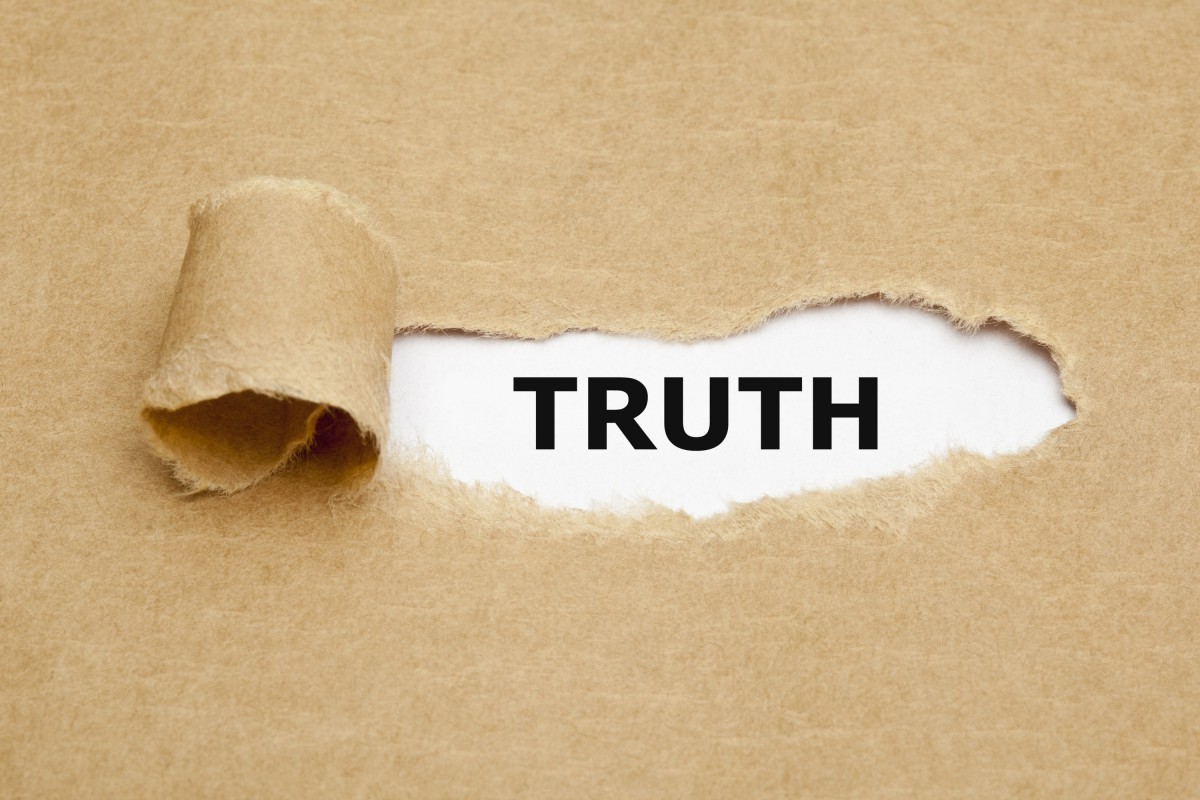4 January 2015
History is not a collection of raw facts we simply look up and copy down. Nor can we peel away the layers of time to find the plain truth revealed. The past is still a little-known world. As we probe its depths, we appreciate resources that save us time. We crave materials we can confidently trust. Yet historical truths are rarely rooted in either shortcuts or comfort.
Historian Robert Winks once wrote, "The past was real, but truth is relative."1 It is also intangible and indefinable. Unlike Justice Potter Stewart’s famed definition of obscenity, we cannot say, “I’ll know it when I see it.”2 We won’t.
Historical truth is pliable. We begin every research project with a vision of that pot of truth awaiting us at the rainbow’s end. When we reach that end, we have only a mound of dough—dough that will be manipulated, stretched, shaped, and flavored by our own experience, judgment, and standards.
In the end, the probable truth on which we settle will be a personal decision based on the evidence we uncover. That evidence is often contradictory. (If it isn't, that may say more about our need for further research than about the accuracy of what we've found!) Reliable decisions about past events and identities require an exhaustive use of resources, a knowledgeable interpretation of the records, and a skilled correlation and evaluation of evidence.
—Adapted from EE 1.11.
SOURCES:
1. Robert Winks, The Historian as Detective: Essays on Evidence (New York: Harper Colophon Books, 1968), 39.
2. Jacobellis v. Ohio, 378 U.S. 184, 197 (1964).
PHOTOCREDIT: "Truth torn paper," CanStockPhoto http://www.canstockphoto.com/images-photos/where-how.html#file_view.php?id=16289933 : downloaded 4 December 2014), uploaded 15 October 2013 by ivelinradkov; used under license.